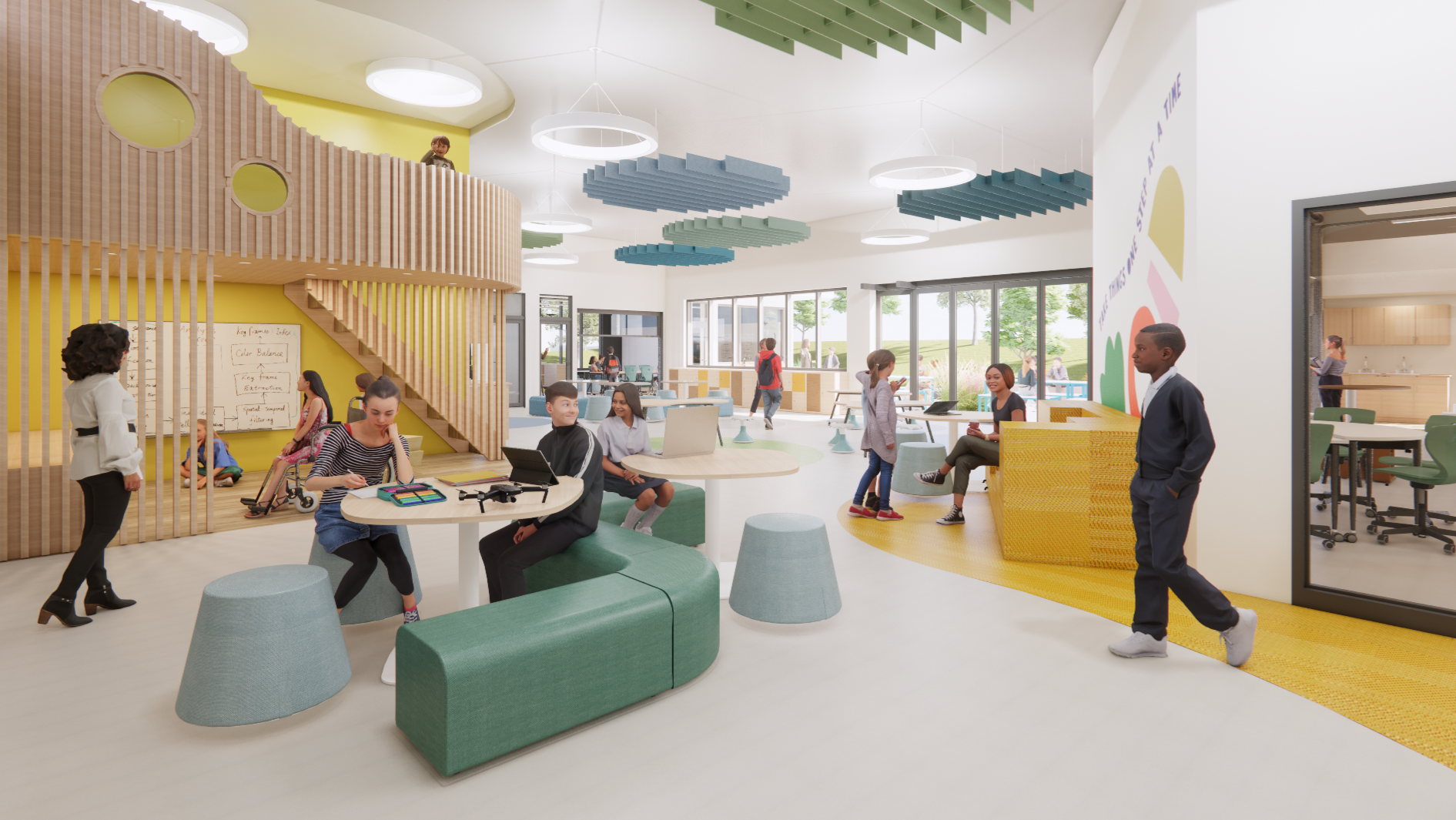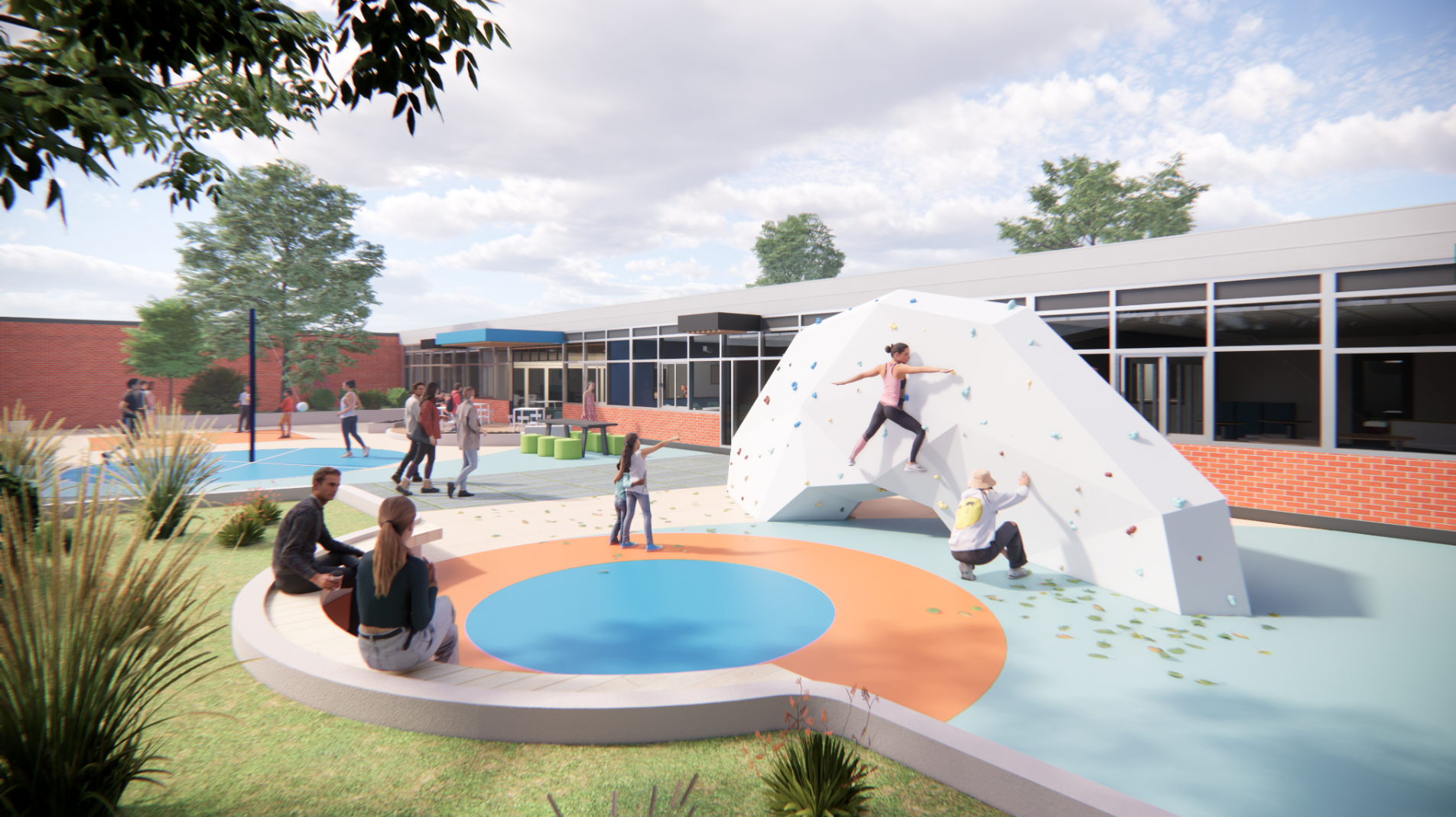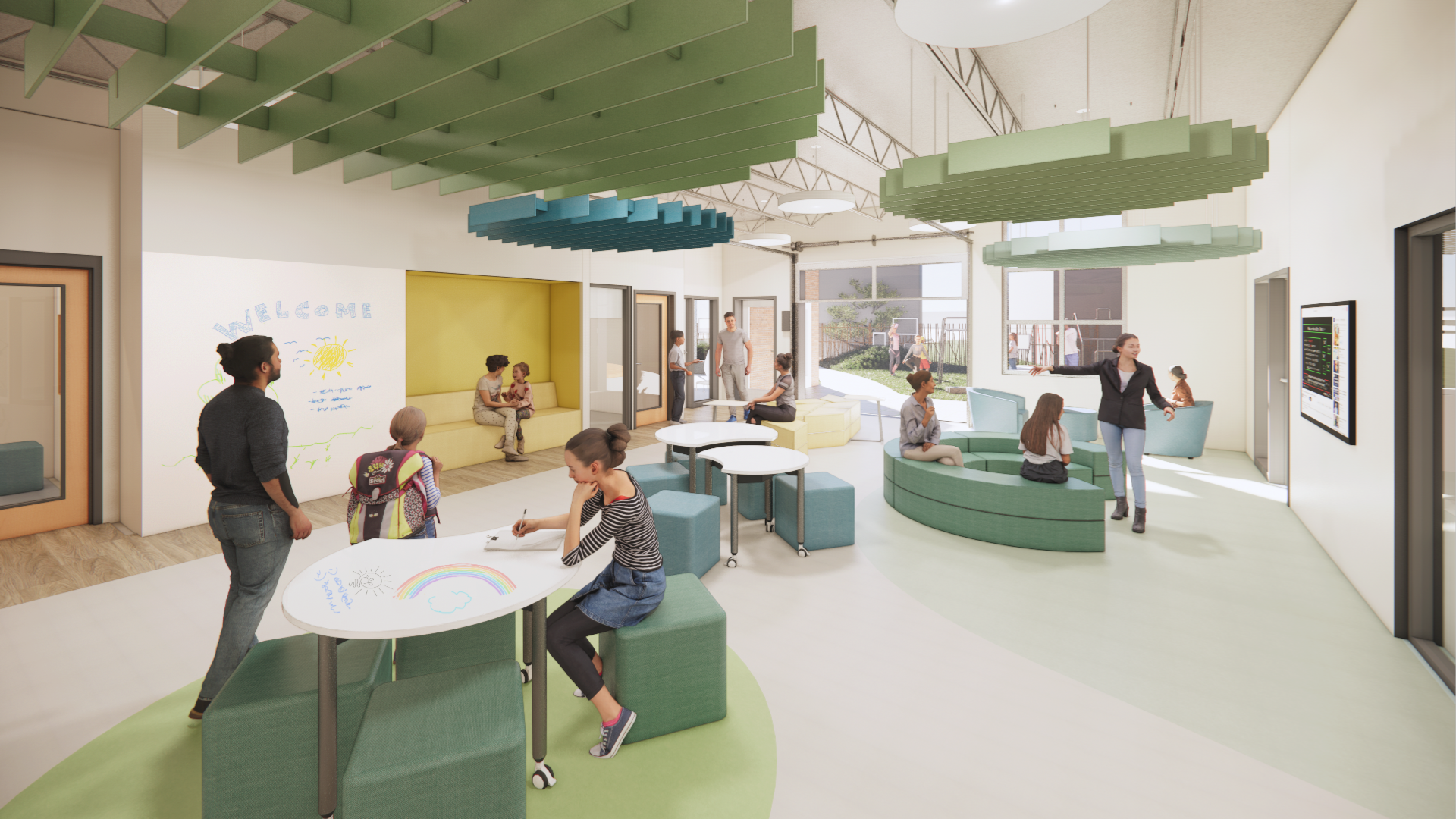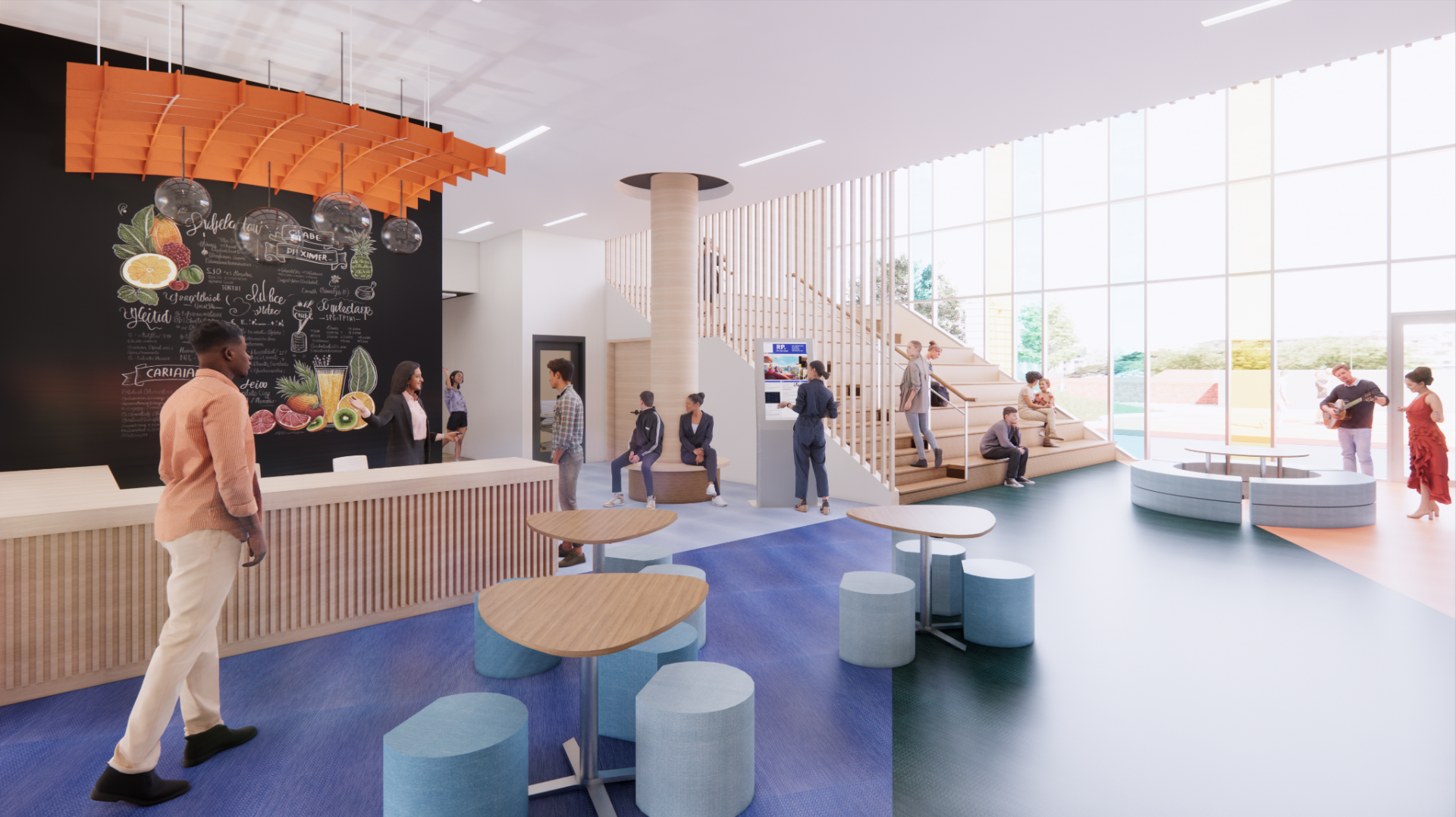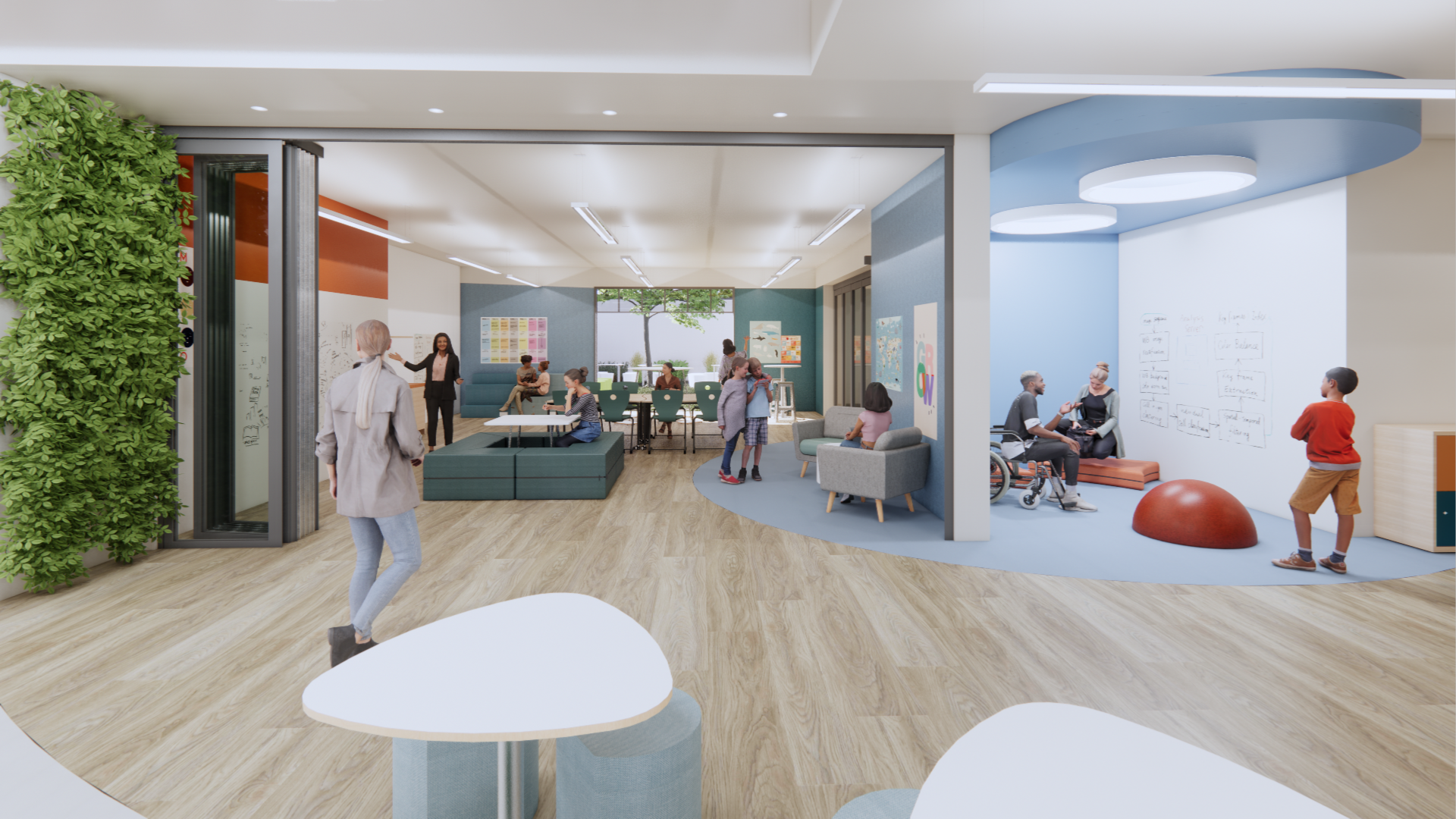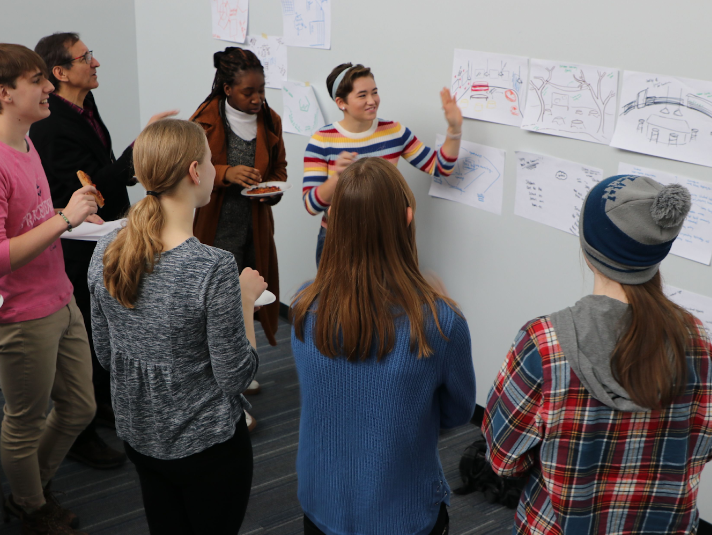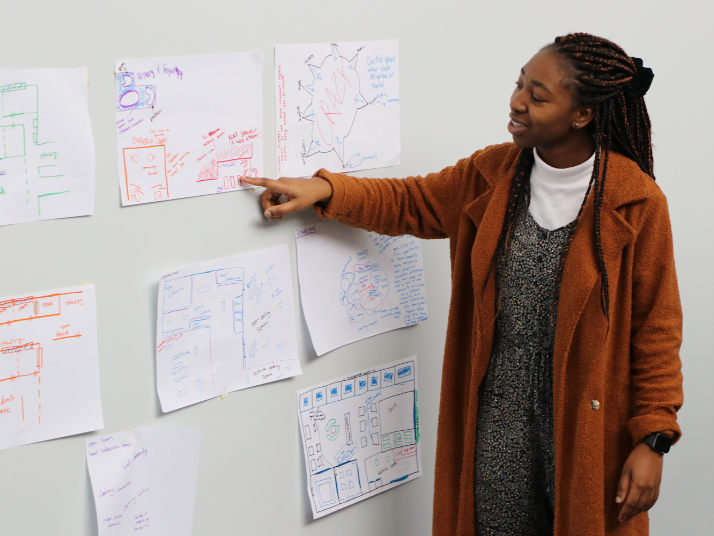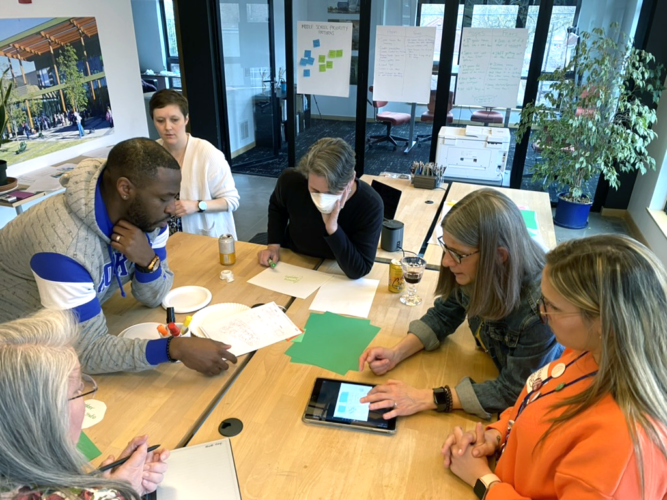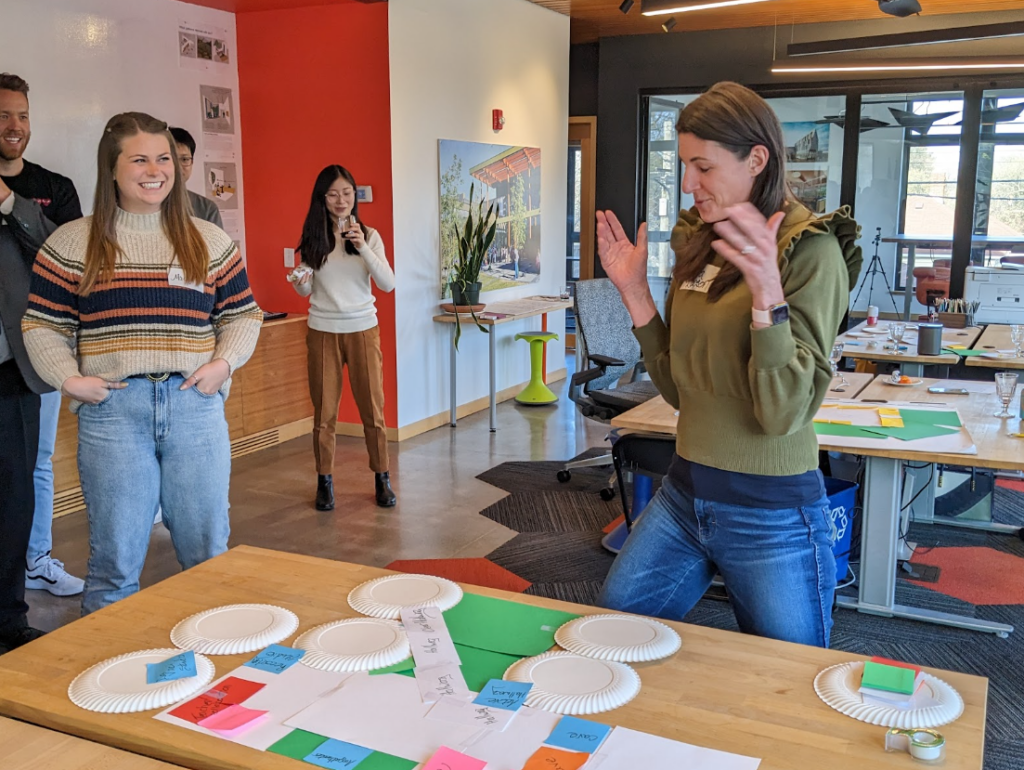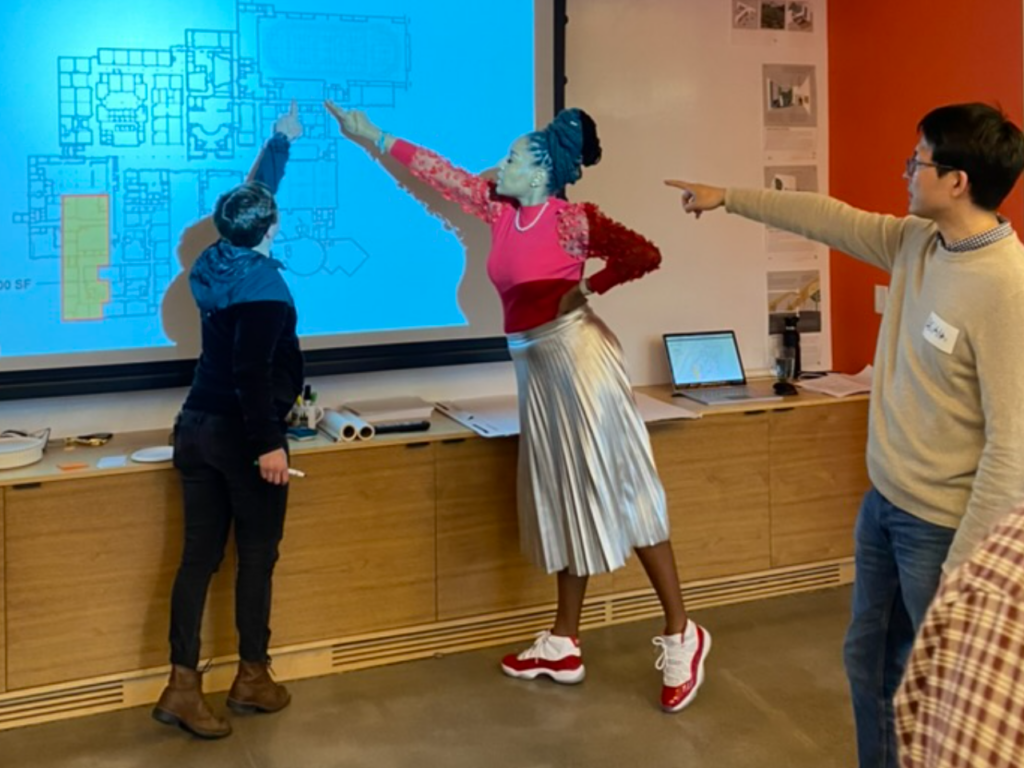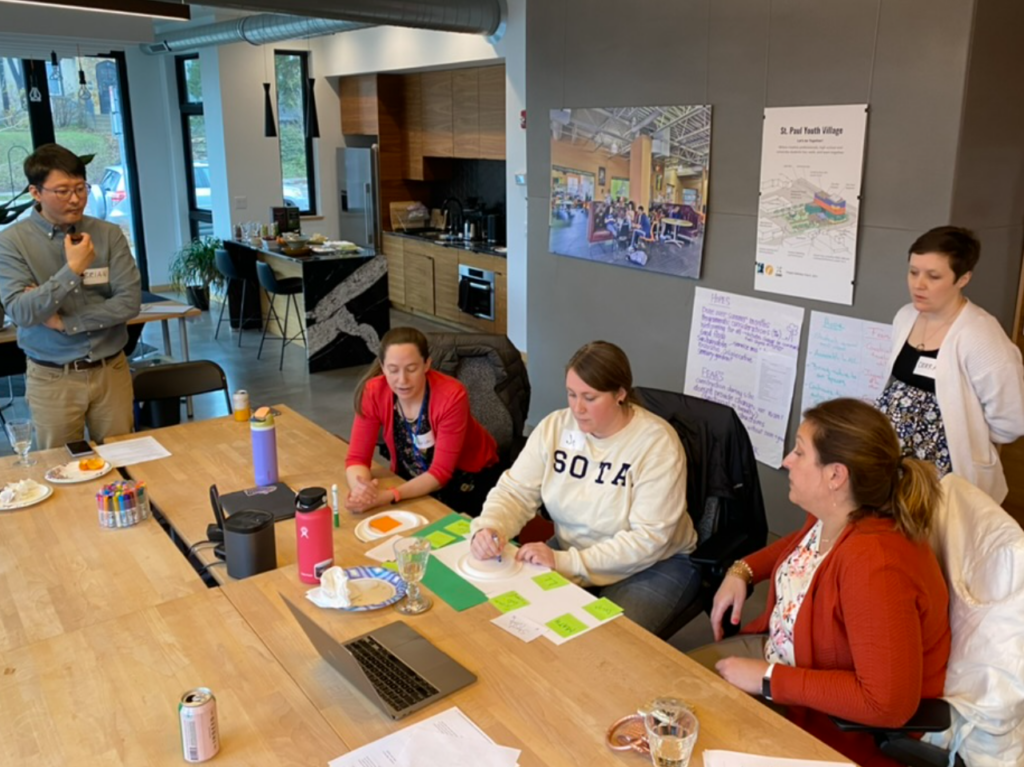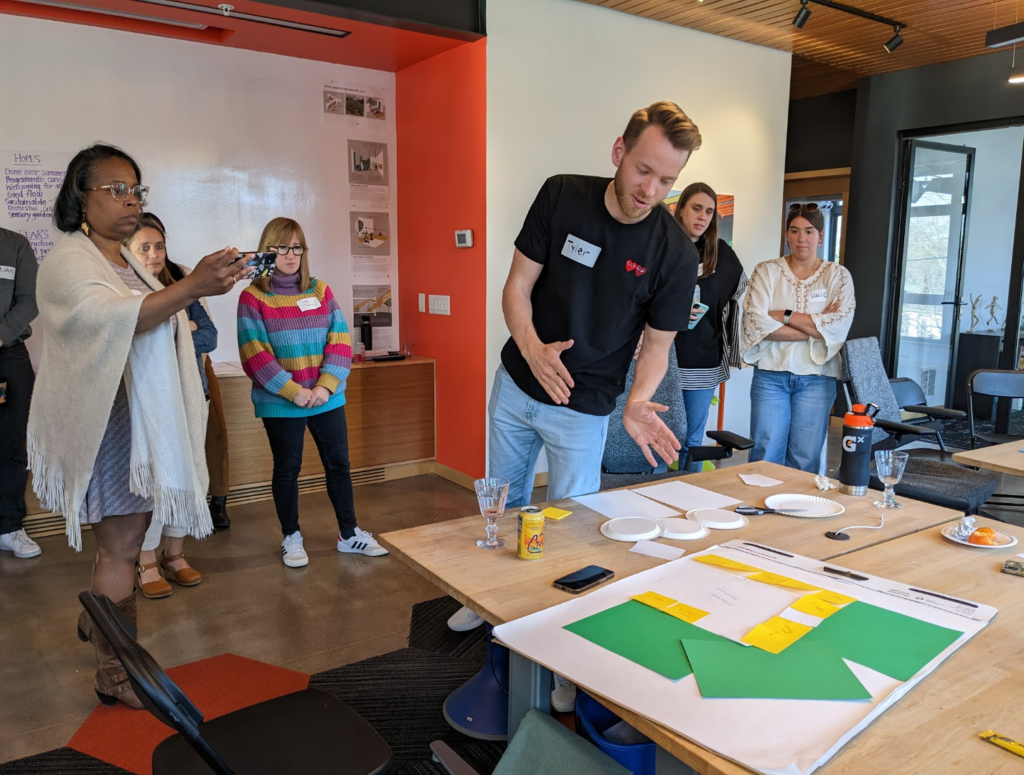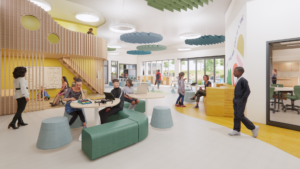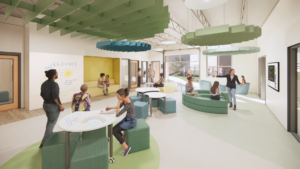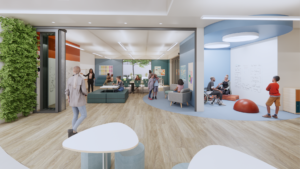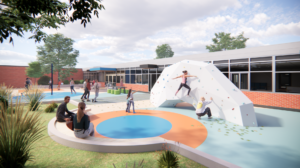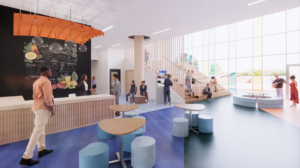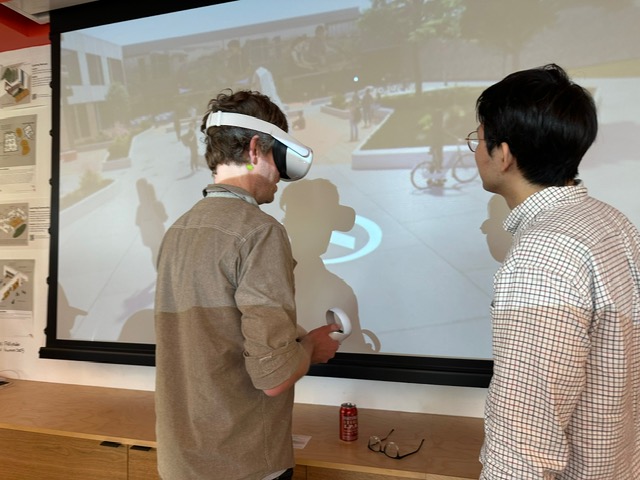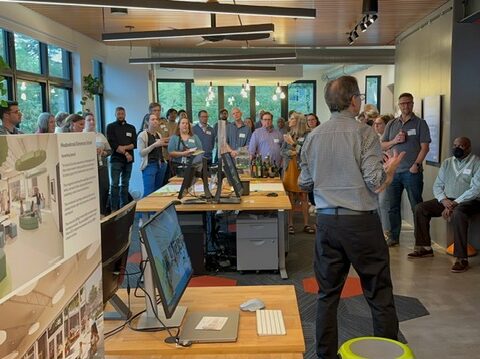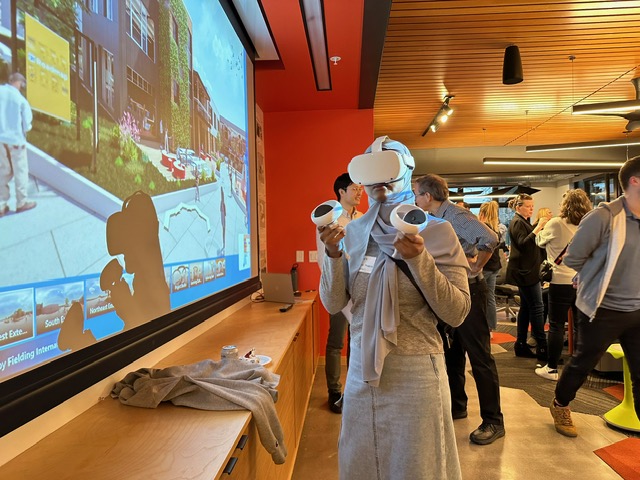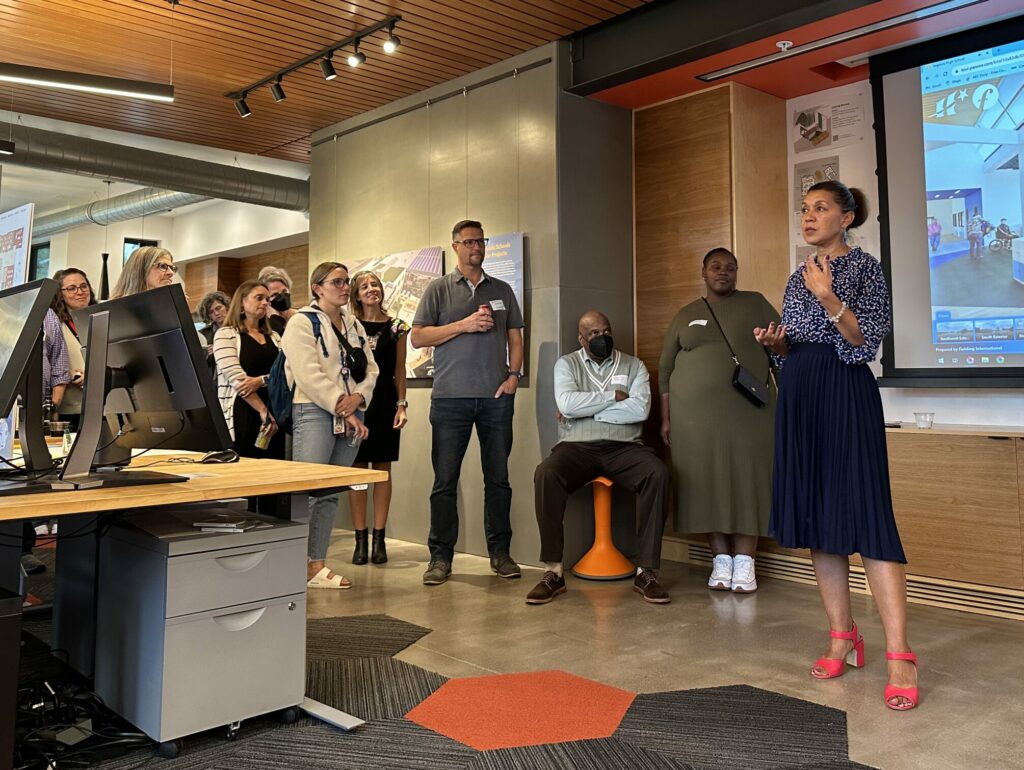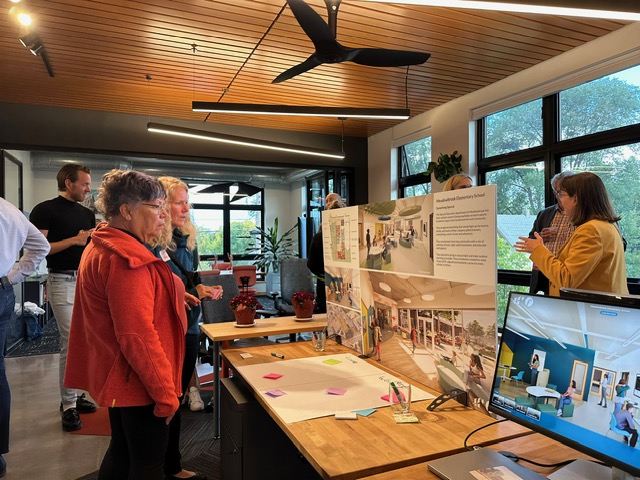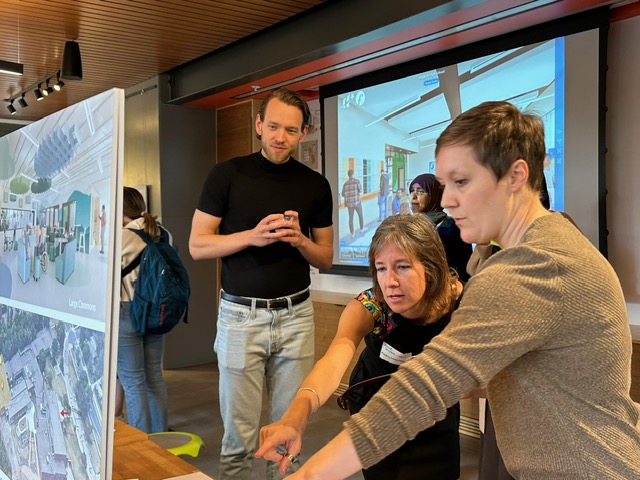Our approach was methodical and empathetic, ensuring that we truly grasped the essence of the District’s unique landscape. Our journey began with immersing ourselves in the context of the District. This wasn’t merely an exercise in familiarizing ourselves with brick and mortar; it was about understanding the heartbeat of the community – its ethos, values, and aspirations.
Our first actionable step was conducting a Spatial Audit. This audit was not just a superficial glance, but an in-depth analysis of the alignment between the District’s physical infrastructure and its stated vision and values. Combining both quantitative and qualitative methods, we observed activities in schools, interacted with the learning environments, and engaged deeply with its primary stakeholders. Focus groups with scholars and educators were crucial, providing invaluable insights into the lived experiences within these spaces.
Having gathered this rich data, we presented our findings to the school staff, inviting them to be co-authors in this transformation journey. We believed that the people who lived and breathed within these walls would be the best to reimagine them. The response was overwhelming – 47 proposals flooded in from educator teams across the District, each brimming with innovative ideas and a deep understanding of their community’s needs.
From this pool, we selected five Pathfinder teams, not just on the merit of their ideas, but on the potential for transformative impact. To ensure these visions weren’t lost in translation, we initiated the design phase with a charrette – an intensive collaborative session where dreams began to take shape, molded by practicality. These charrettes were illuminating, revealing the core of what each team hoped to achieve.
Our engagement didn’t end with the charrette; it was an iterative process. Regular check-ins with project team leaders ensured the designs evolved in line with their vision. Importantly, we also engaged students, the primary beneficiaries of this endeavor, gathering their perspectives and weaving them into the fabric of our designs.
In essence, our process at Fielding International was not just about designing spaces; it was about co-creating environments that would truly resonate with the ethos and aspirations of the Hopkins community. These environments will illuminate the path forward for Hopkins learning environments, filled with educators who are ready to take on a new normal.


